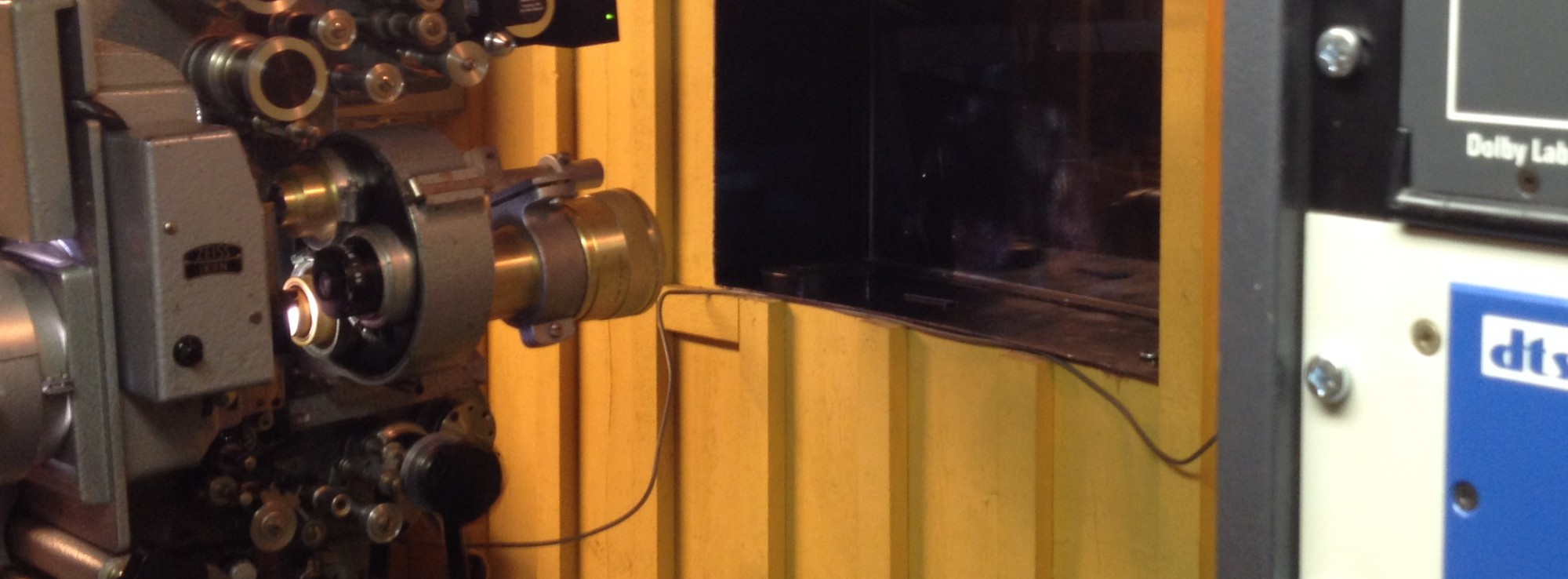I recently submitted the final version of my XML Prague whitepaper about my eXist implementation of ProX, called ProXist (with apologies for the tacky name). While I’m generally pleased with the paper, the actual demo implementation I am going to present at the conference is not quite finished yet and I wish I had another week to fill in the missing parts.
Most of the ProXist stuff works but there are still some dots to connect. For example, something that currently occupies the philosophical part of my brain has to do with how to run the ProX wrapper process, the one that configures the child process that actually does stuff to the input. ProX, so far, has been very much about automation and about things happening behind the scenes, and so I have aimed for as few end user steps as possible.
My Balisage ProX demo was a simple wrapper pipeline that did what it did in one go. Everything was fitted inside that pipeline: selecting the input, configuring the process that is to be applied to the input in an XForm, postprocessing the configured process and converting it to a script that will run the child process, running the child process, saving the results. Everything.
But the other day, while working on the eXist version and toying with its web application development IDE, it dawned on me that there doesn’t have to be a single unified wrapper process. If its components are presented on a web page and every one of them includes logic to check if the information from a required step is available or not (for example, a simple check to confirm that an input has been chosen before the process can be configured), they don’t have to be explicitly connected.
The web page that presents the components (mainly, selecting input and configuring the process to be applied on the input) then becomes an implicit wrapper. The user reads the page and the presentation order and the input checks are enough. There is no longer a need a unified wrapper process.
Now, you may think this is obvious, and I have to admit that it now seems obvious to me, too. But I sometimes find it to move from one mindset (for example, that automation bit I mentioned, above) to another (such as the situation at hand, the actual environment I implement things in) as easily as I would like. If this is because I’m getting older or if it’s who I am, I don’t know. In this particular case, I was so convinced that the unified wrapper was the way to go that it got in the way of a better solution.
At least I think it’s a better solution. If it isn’t, hopefully I can change my mind again and in time.
See you at XML Prague.
